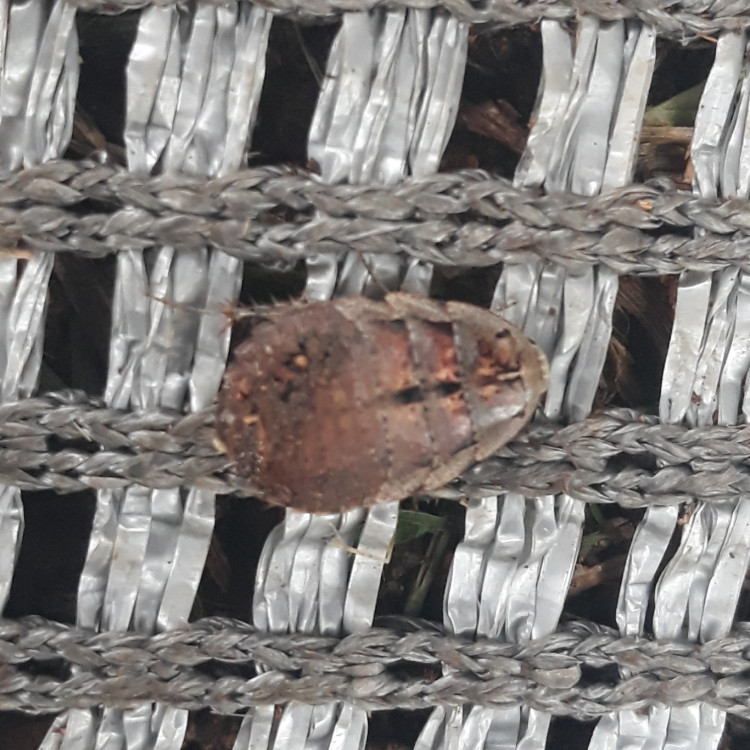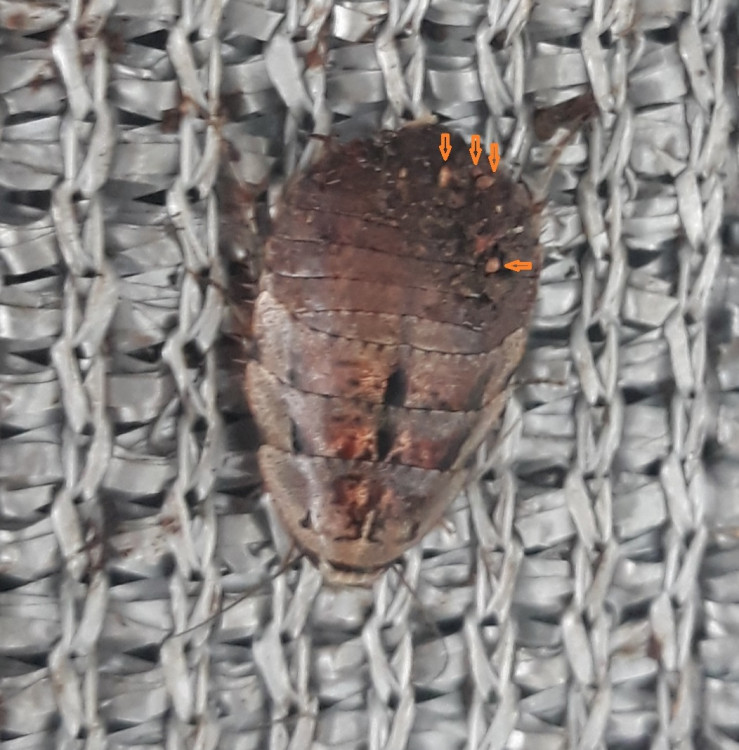Page 29 of 71
Re: Insect or Invertebrates Identification
Posted: Tue Apr 13, 2021 11:11 am
by Richprins
Re: Insect or Invertebrates Identification
Posted: Tue Apr 13, 2021 11:14 am
by Klipspringer
Re: Insect or Invertebrates Identification
Posted: Tue Apr 13, 2021 11:17 am
by Richprins
Lycaenid butterflies?

Re: Insect or Invertebrates Identification
Posted: Tue Apr 13, 2021 11:23 am
by Klipspringer
Re: Insect or Invertebrates Identification
Posted: Tue Apr 13, 2021 11:35 am
by Richprins
Ja!

Re: Insect or Invertebrates Identification
Posted: Sat Apr 24, 2021 5:10 pm
by Richprins
Medium beetle, 3cm. Nelspruit:
Re: Insect or Invertebrates Identification
Posted: Sat Apr 24, 2021 6:11 pm
by Lisbeth
Nice!

Re: Insect or Invertebrates Identification
Posted: Sat Apr 24, 2021 9:06 pm
by Klipspringer
Re: Insect or Invertebrates Identification
Posted: Tue Apr 27, 2021 3:51 pm
by mposthumus
06/01/2021 - Orpen KNP
Cockroach?

with some passengers of his own, lice?

(unfortunately not clearly visible in the photos)
Re: Insect or Invertebrates Identification
Posted: Wed Apr 28, 2021 8:24 am
by Klipspringer
mposthumus wrote: ↑Tue Apr 27, 2021 3:51 pm
06/01/2021 - Orpen KNP
Cockroach?

with some passengers of his own, lice?

(unfortunately not clearly visible in the photos)


A juvenile roach, there are 120+ species described from SA

Mites found on roaches may be phoretic, commensalistic, or parasitic. Phoresy, well documented in numerous mites, is defined as "the phenomenon in which one animal actively seeks out and attaches to the outer surface of another animal for a limited period of time during which the attached animal (termed the phoretic) ceases both feeding and ontogenesis, such attachment presumably resulting in dispersal from areas unsuitable for further development. Some phoretic mites may only associate with very specific hosts, or carriers, while others are less discriminate. Phoretic mites attach to the hard exoskeleton of hosts such as insects or myriapods by means of specialized palp claws, suckers, pedicels, or other fastening device and will usually remain at the site of attachment while on the host.
Mites that are easily disturbed and that move about on the host are more likely to be commensals or parasites. The line between commensalism and parasitism may be blurry. Parasitic mites on insects and other invertebrates consume debris on the cuticle or secretions excreted by the host (paraphages), or both, or feed off hemolymph (hematophagous).
with some passengers of his own, lice?
(unfortunately not clearly visible in the photos)